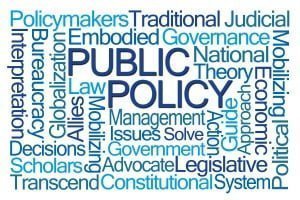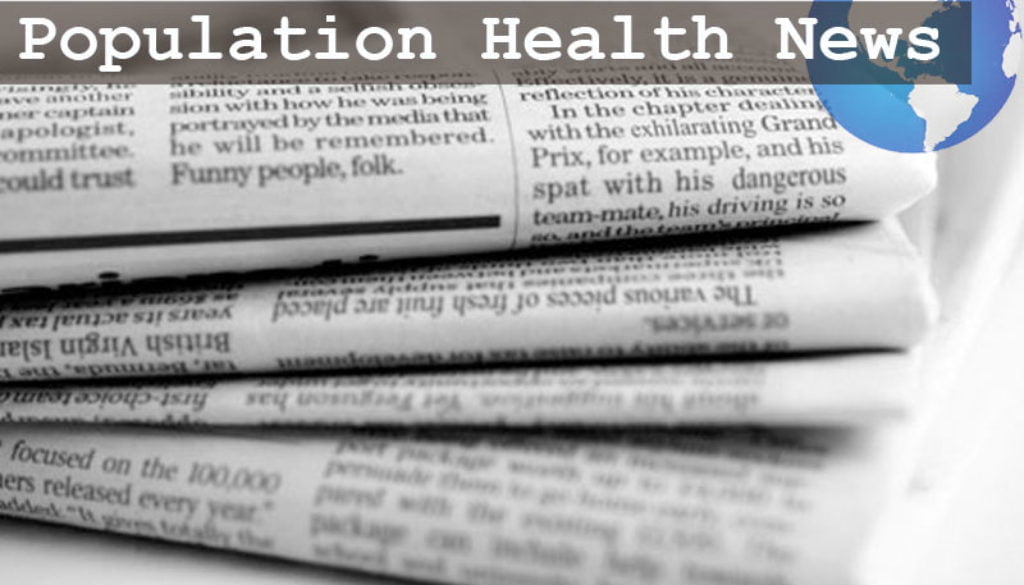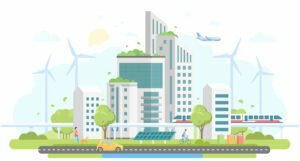Population Health News Roundup: August 2022
JoAnne DyerIAPHS Members in the News
Sandro Galea in eClinical Medicine: In a simulation of a community dealing with the aftermath of a mass shooting, Galea and the other authors “demonstrated the potential benefits of different community-level approaches in mitigating the burden of PTSD.” (July 22, 2022)
Danielle Crookes in Epidemiology: In this review, Crookes and the other authors reviewed eleven studies of policies and health outcomes among Latinx adults (immigrant or US-born), finding “results support the hypothesis that immigrant-related policies, especially exclusionary policies, are structural drivers of health for immigrant or noncitizen Latinx adults. However, evidence is scant among US-born or citizen Latinx adults.” (July 2022)
Rita Hamad on CBSNews.com: Eighty percent of COVID tests are unreported, but the positivity rate of at-home test appears roughly similar to PCR tests. “We’re also hoping to link these policy data with actual health datasets to try to understand how variation in policies affected outcomes like COVID transmission rates, but also related outcomes like mental health, chronic disease, etc.” (July 22, 2022)
Andrew Stokes in the NYT: Stokes and his team found that “within rural areas, Covid deaths were apportioned at greater rates to nonwhite people, just as they were in big cities and in small or medium ones.” He goes on to add, “Adopting equitable vaccine strategies requires us to go above and beyond simply making them available.” (July 28, 2022)
Anjum Hajat in the Journal of Gerontology Series B: Psychological Sciences and Social Sciences: From the study: “The impact of COVID-19 on employment conditions is inequitably patterned and is associated with financial hardship, food insecurity, and adverse health in older adults. Policies to improve employment quality and expand social insurance programs among this group are needed to reduce growing inequities in well-being later in life.” (July 21, 2022)
Stephanie Mayne in the Children’s Hospital of Philadelphia PolicyLab blog: The team found that ” among mothers, higher perceived neighborhood safety and collective efficacy were associated with higher daily intake of fruits and vegetables, and among mothers and children, higher perceived safety was associated with higher whole-grain food intake. However, we found no association between violent crime and any dietary outcome, and no connection between neighborhood social exposures and the intake of added sugars or sugar-sweetened beverages.” (April 14, 2022)
Health Disparities
Dementia disparities mean greater costs for certain groups: Hispanic, Asian, Black, and individuals with lower SES are diagnosed with dementia at younger ages, living with dementia longer. Reporting gaps could indicate that the disparities are even worse. (USC Schaeffer Center for Health Policy & Economics and USC Dornsife Center for Ecoomic and Social Research, June 23, 2022)
Some mental health and racial disparities worsened during COVID-19: “Racial and ethnic minorities bore a disproportionate mental health burden during the COVID-19 pandemic.” (AAAS from a PLOS ONE study, August 10, 2022)
Racial disparities in monkeypox infections: In Georgia, for example, 82% of people with monkeypox are Black. Vaccine access for people of color is also a problem. (Stat News, August 11, 2022)
Built Environment & Place
Alcohol-related deaths are highest in New Mexico: Factors such as drunk driving, violence, and stereotypes contribute to high rates of alcohol-related death. The problem is getting worse and is not being addressed by state leaders. (New Mexico In Depth seven-part series, July 24, 2022)
Built environment affected isolation in seniors during the pandemic: Neighborhoods played a role in how well seniors could engage, socialize, and find support during the pandemic. Disparities were noted in communities of color. (University of Michigan Health Lab from an article in The Gerontologist, August 1, 2022)
Trauma-informed placemaking is emerging: The goal is to create spaces that allow people to find a sense of trust and safety and connect with the natural world. Techniques include public art and body-based practices. (Bloomberg CityLab, August 4, 2022)
Environmental Health & Justice
Investigation shows environmental discrimination in Chicago: The city violated civil rights of people in Chicago’s Southeast Side by allowing a metal recycling plant to operate in a neighborhood of predominantly Black and Latinx residents. This decision is part of a pattern. (Grist, July 27, 2022)
Will marginalized groups see the Inflation Reduction Act’s climate benefits?: The bill also includes fossil fuel investments, which some fear may harm communities of color by continuing fossil fuel production. (NPR, August 17, 2022)
Houston failed to address environmental racism, says the DOJ: The City of Houston did not address incidents such as dumping garbage and bodies (!) in “predominantly Black and Latino neighborhoods.” (New York Times, July 22, 2022)
Policy & Programs

In NY, paid family leave shows benefits: “New York’s Paid Family Leave program increased access, promoted health equity, and may reduce health disparities.” (Journal of Public Health Management and Practice, August 1, 2022 story from the Sept-Oct 2022 issue)
Income support and firearm violence: The authors review four studies of firearm violence and income support policies. All four studies found “associations of policy-relevant magnitude between income support policies and reductions in risk of inter-personal firearm violence.” (Preventive Medicine, July 5, 2022)
Washington State DOH’s new plan includes health equity and engagement: The plan seeks to imrpove environmental health, health systems, and emergency response and resilience, and more. (State of Washington Department of Health Transformational Plan, August 1, 2022)









All comments will be reviewed and posted if substantive and of general interest to IAPHS readers.